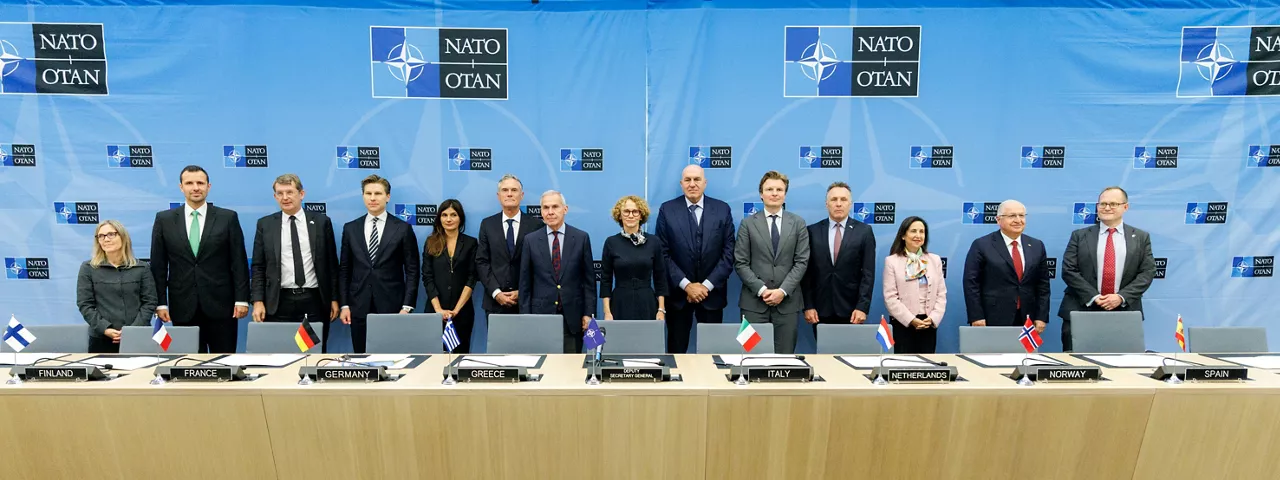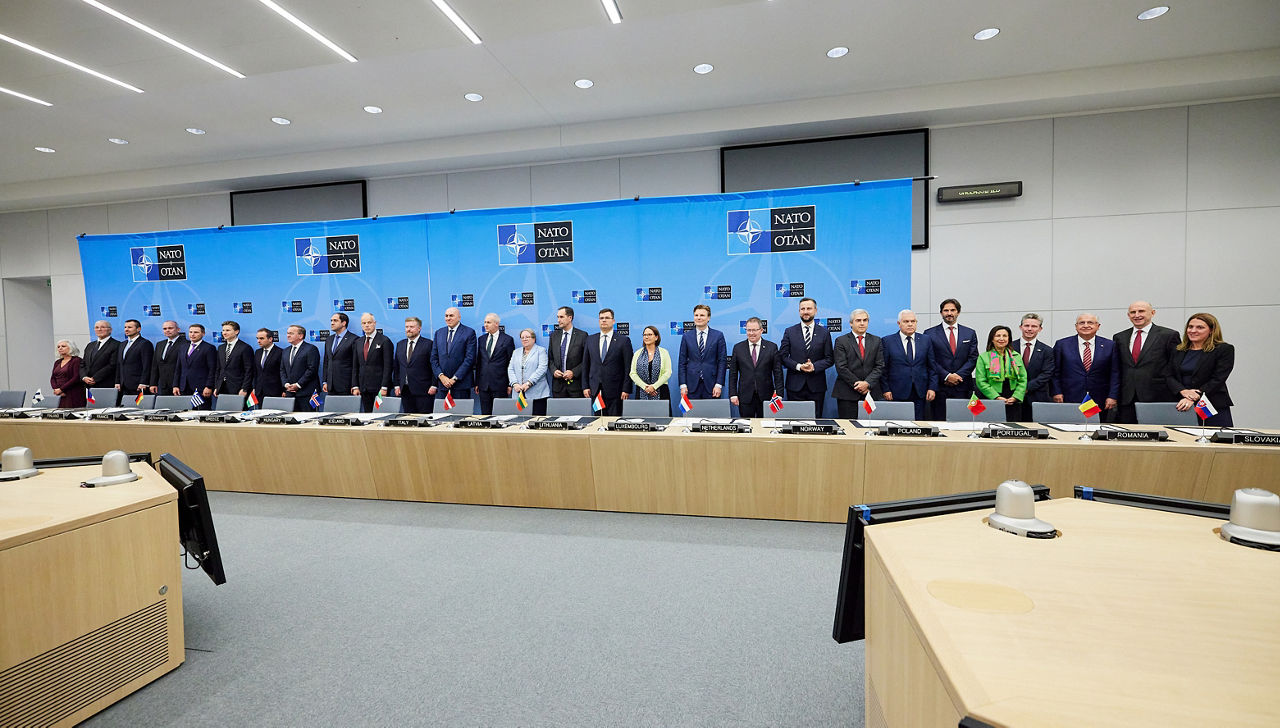Download NATO’s broadcast-quality video content free of charge

Log in
NATO MULTIMEDIA ACCOUNT
Access NATO’s broadcast-quality video content free of charge

Check your inbox and enter verification code
You have successfully created your account
From now on you can download videos from our website
Subscribe to our newsletter
If you would also like to subscribe to the newsletter and receive our latest updates, click on the button below.
Enter the email address you registered with and we will send you a code to reset your password.
Didn't receive a code? Send new Code
The password must be at least 12 characters long, no spaces, include upper/lowercase letters, numbers and symbols.
Your password has been updated
Click the button to return to the page you were on and log in with your new password.
On Wednesday (15 October), 13 Allies (Canada, Czechia, Denmark, Finland, France, Germany, Greece, Italy, Netherlands, Norway, Spain, Türkiye and the United Kingdom) agreed to initiate the development of a multinational simulated training capability.
The Distributed Synthetic Training High Visibility Project (HVP) aims to respond to the ever-growing demand for multinational military training in a cost-effective way. The project will leverage existing national simulated training capabilities to create a secure network of advanced and immersive virtual training for multinational purposes.
Once available, the capability will make multinational cross-domain training more accessible and less expensive, and significantly reduce the lead time to plan and execute exercises.
At a signing ceremony held at NATO Headquarters on the margins of the NATO Defence Ministers’ meeting, Deputy Secretary General Radmila Shekerinska noted that “the project will prepare our troops for the dynamic and dangerous environment that we find ourselves in” and that “it will help ensure we have the forces and warfighting readiness needed to defend the Alliance.”
Multinational initiatives like the Distributed Synthetic Training High-Visibility Project also help maximise the use of capabilities available across the Alliance and beyond. The project is open to participation from NATO’s Indo-Pacific Partners.
Participating Allies and partner countries will work together with the NATO Support and Procurement Agency (NSPA) on the implementation of the project, including the establishment of a market place to match nations’ training needs and opportunities.








